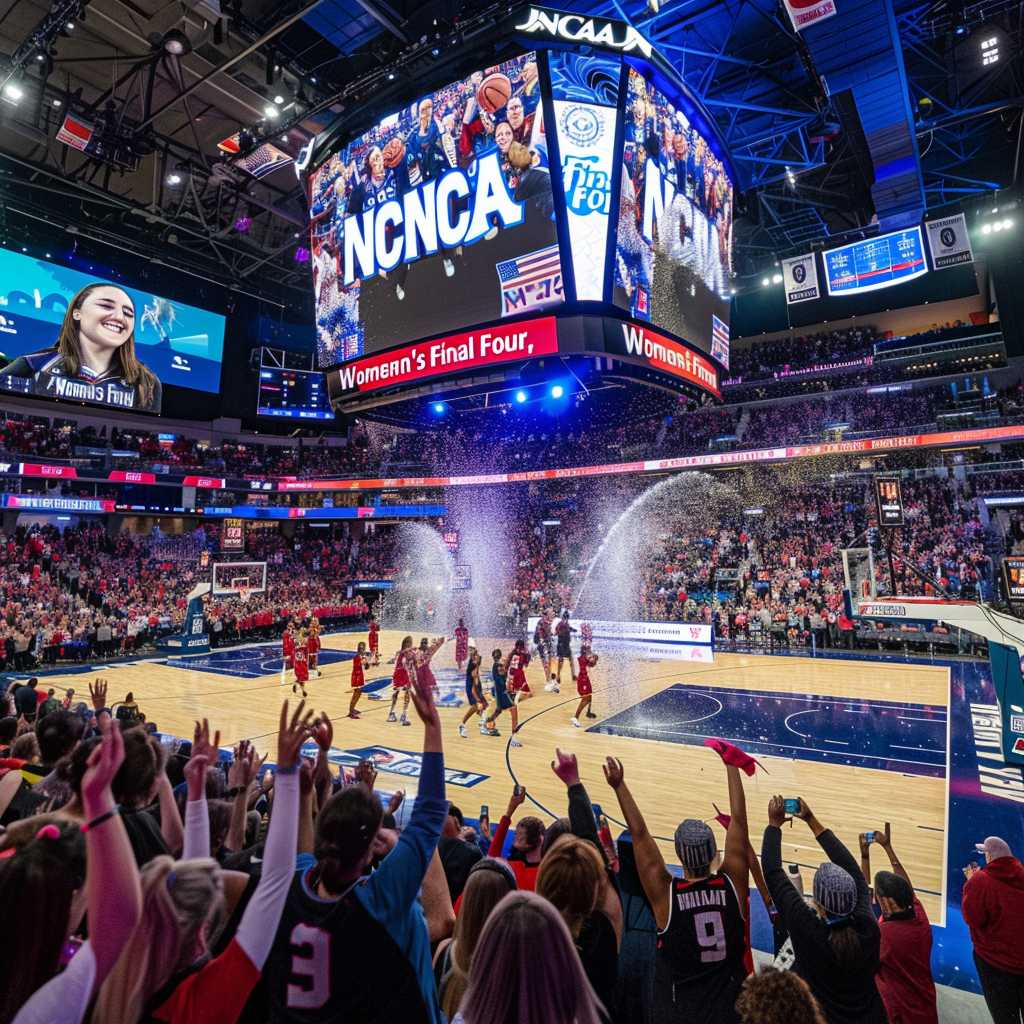The Significance and Impact of the NCAA Women’s Final Four
The NCAA Women’s Final Four is the culmination of the annual basketball tournament for women’s collegiate teams, typically held in April. This high-profile event epitomizes the pinnacle of college basketball achievement for women, bearing equivalent prestige to its male counterpart in the NCAA. The tournament serves as a powerful platform to showcase elite athleticism and intensifies public dialogue around women’s sports, promoting wider recognition and appreciation.
Historical Perspective of Women’s Basketball and The Rise of NCAA Women’s Final Four
Women’s basketball has a rich history that parallels the strides made in gender equality and access to sports. However, full recognition on a platform comparable to men’s basketball took considerable time to achieve. The NCAA Women’s Final Four began in 1982, decades after the men’s tournament had been established but has since grown in stature. It now represents a milestone in the broader cultural recognition of women’s athletics alongside other advancements catalyzed by Title IX legislation, which increased funding and opportunities for women in collegiate sports.
Structure and Format of the Tournament
The current format of the tournament features 64 college teams, selected through a combination of automatic qualification and at-large bids based on their regular season performance. Following multiple elimination rounds characterized by surprise upsets and thrilling finishes, the regional champions advance to the coveted Final Four. Here, semi-final games determine which two teams will compete for the championship—a game widely viewed among enthusiastic fans of college athletics.
Cultural and Economic Implications
The visibility and popularity of the Women’s Final Four have significant implications beyond sports. As viewership grows and media coverage expands, the tournament brings increased revenue not just to NCAA but also to host cities by injecting money into local economies through tourism and commerce. Such visibility provides important role models for young female athletes, shifts traditional media narratives regarding women’s sports, and generates important conversations about gender equity.
Challenges and Advancements
Despite its popularity, the Women’s Final Four faces challenges such as disparities in resources and media exposure when compared to men’s sports. Yet progress has been made. Each year, efforts to address these issues have led to improved broadcasting deals, corporate sponsorships, and social media campaigns that amplified awareness.
Key Moments and Legacies
Several key moments have characterized the historical legacy of the NCAA Women’s Final Four – standout performances by star players, coaching milestones, or powerful storylines such as Cinderella runs by underdog teams. These notables mold tournament lore, inspire competitors from a tender age to strive for these pinnacles of sporting success, having witnessed former icons forge their legacies on this national stage.
Impact on Player Careers
For many individual athletes, performance during the Women’s Final Four is transformative. This spotlight can jumpstart professional careers in the WNBA or overseas leagues, as scouts often base evaluations considerably on tournament showings.
